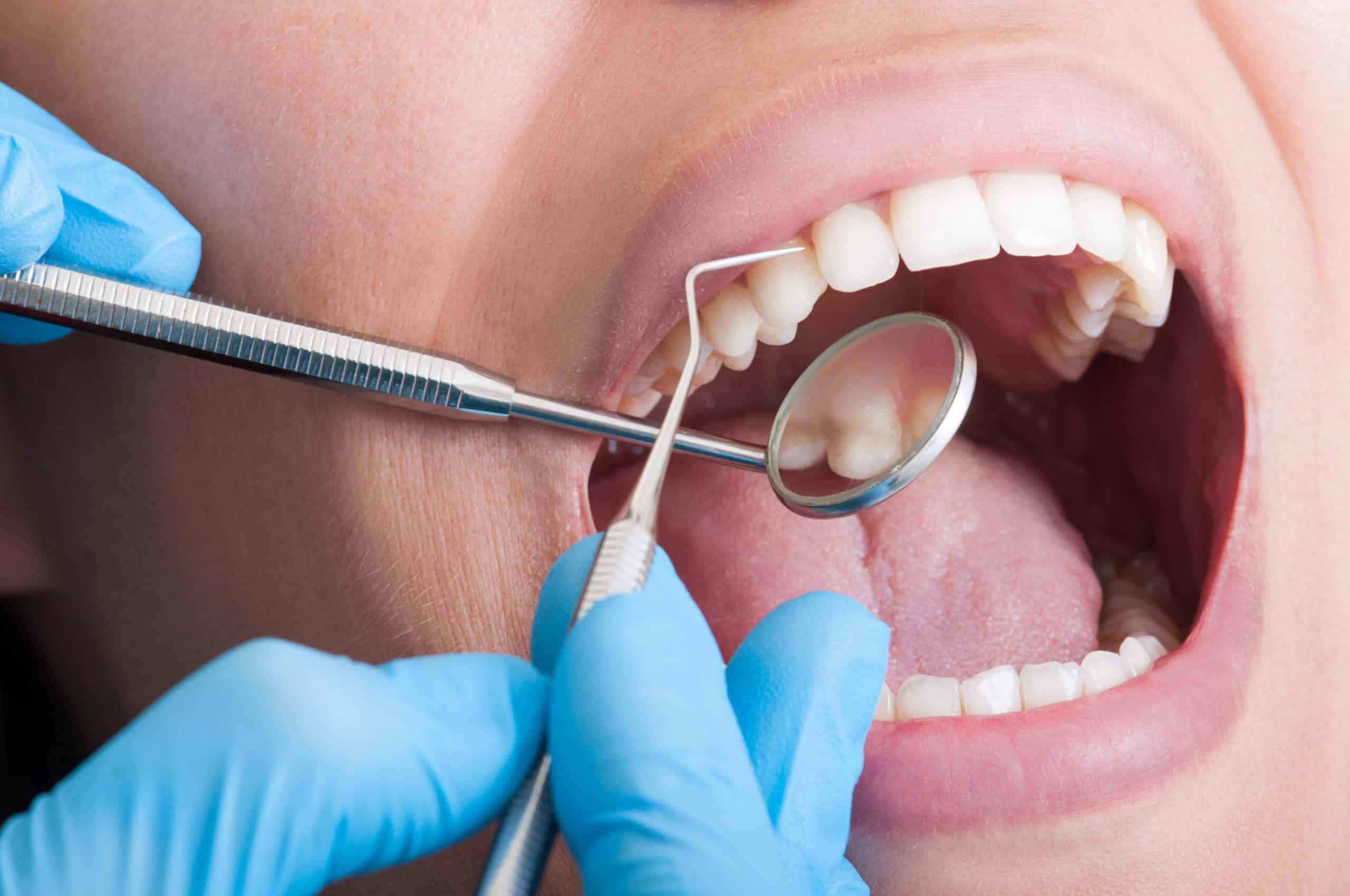Did you know that gum disease affects more than just your mouth? Research shows that oral hygiene is a major factor in your overall bodily health, and good oral hygiene can go a long way in preventing the development of other health problems.
Gum disease has been linked to serous chronic conditions such as dementia, Alzheimer’s, stroke, oral cancer, heart disease, diabetes, respiratory infections, arthritis, and pregnancy complications. When it comes to prevention, your home routine is at least 70% of your success. Maintaining healthy gums and teeth isn’t just about having fresh breath or a nice smile. It is vital to your overall health. Periodontal disease can erode the foundation of your mouth and pose a threat to your whole body.
Unfortunately, some of the consequences of periodontitis, such as bone loss, are permanent, but there are things you can do to manage the disease and avoid surgery.
Daily brushing and flossing are critical to your oral health. Your dentist may also recommend Rotadent, a specialized toothbrush available only through your dental professional. Using Rotadent results in more efficient plaque removal between teeth and below the gum line. Its unique brush head includes gentle MicroFilaments and a 360 degree rotation for thorough biofilm removal. Using high quality oral care products such as Rotadent or other doctor recommended brushes can go a long way in preventing gum disease. Fluorides recommended by your dentists can also help prevent decay, inhibit plaque and reduce sensitivity.
So what does gum disease look like? Normal, healthy gums are pink in color, with the gum line hugging the teeth tightly and an absence of bleeding. When the gums begin to bleed, and have inflamed red gum tissue as well as bad breath, it is possible that you may be developing gingivitis. Early periodontitis is will cause the gums to pull away from the teeth and cause bone loss around teeth, as well as bad breath and inflamed tissue. As periodontitis worsens, teeth will separate and become loose, and the gums recede. Eventually, the root of the tooth will become exposed and loss of the supporting adjacent bone will occur.
How will you know if you have periodontitis? Your dentist can determine if you have periodontal disease by performing a quick and relatively painless procedure using an instrument call a probe to measure the size and depth of the pockets in the gums. Pockets that are 4 or more millimeters in depth can indicate infection or disease. X-rays can also show the amount of bone loss caused by the persistent bacterial infection that comes along with gum disease.
If it is determined that you have gum disease, your dentist may utilize a variety of treatments in order to mitigate the symptoms. They may detoxify your tooth surface through scaling, root planing, and the removal of biofilm above and below the gum line, and between the teeth. They may also perform oral irrigation to flush out the bacteria that causes infection. Irrigation can help to soothe tissues and remineralize root surfaces. Your dentists may also recommend a locally applied antibiotic called Atridox to help the treat the disease.
If you feel that you may be developing gum disease, contact your dentist immediately in order to get the best possible treatment plan for your condition before it is able to become worse.



